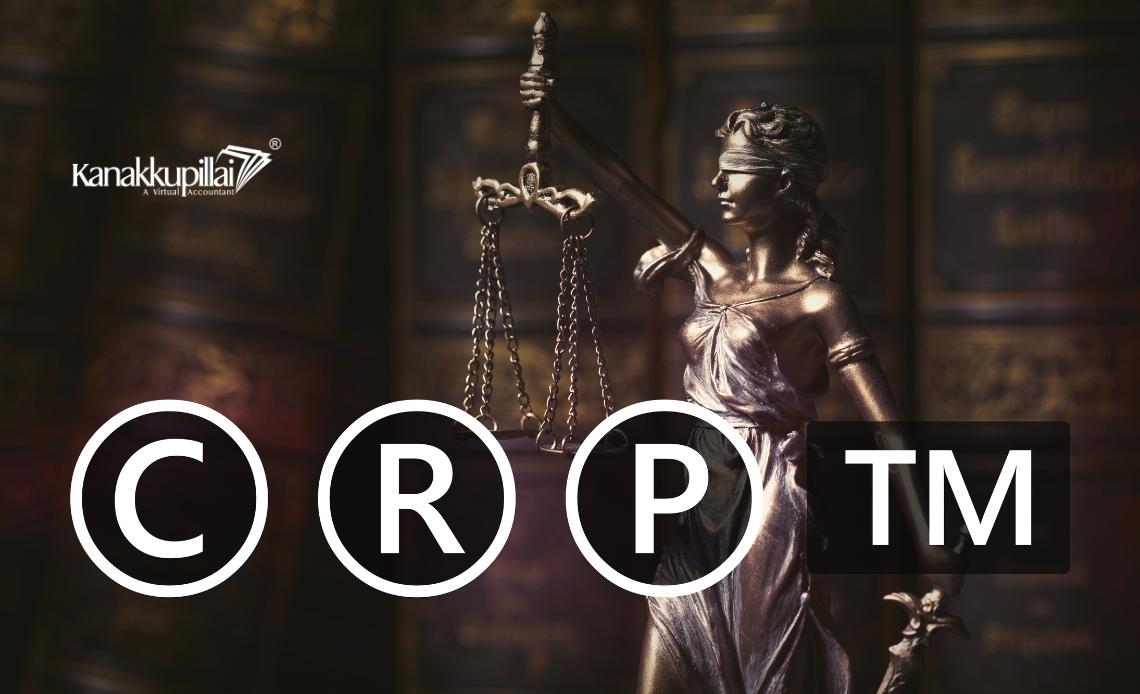In today’s global market, a strong and unique brand is a valuable tool. A brand is the cornerstone of your business name, allowing you to separate your goods or services from rivals. Registering a trademark internationally is crucial for companies looking to grow their reach beyond national lines. It offers legal security, provides exclusive rights, and helps keep a consistent business image globally.
Understanding International Trademark Registration
The Madrid Protocol is a widely accepted international treaty that improves the process of registering copyrights in multiple countries. Administered by the World Intellectual Property Organization (WIPO), the Madrid System allows you to make a single application and receive security in any of the partner countries. This simpler way saves time, cuts costs, and makes it easier to handle your brand collection abroad.
By filing your trademark internationally, you can enjoy several benefits. It outlines your exclusive rights to the mark, making it easier to take legal action against infringers. It also helps the growth of your business into new areas, as a registered name is known and protected across countries. Additionally, foreign registration improves the value of your intellectual property, making it a more attractive asset for license or sale.
Eligibility Criteria
To be eligible for international trademark registration, you must first have a basic trademark registration or current application in your home country, which is a part of the Madrid Protocol. In India, for example, you would need to register your brand with the brand Office before asking for foreign protection.
The trademark you want to be registered ought to be unique and able to set your products or services apart from others. It may be a word, logo, slogan, or a mix of many different components. The secret is to make sure your mark is distinctive and does not inadvertently resemble any registered trademarks already in use in the nations you want to seek protection for.
The International Trademark Registration Process
The process of filing an international trademark through the Madrid System includes several steps:
- Conduct a Trademark Search: Before filing your application, it’s crucial to conduct a full search of current registered and open trademarks in the countries where you plan to seek protection. This will help you spot any possible problems and make an informed choice about your brand.
- File the International Application: Once you have a basic brand registration or application in your home country, you can file the international application online through the official IP India website. This includes sending the necessary papers and paying the needed fees.
- Verification and Certification: The Trademark Office in your home country will check the application and accept it for transfer to WIPO.
- Examination and Publication: WIPO will examine the application and post it in the WIPO Gazette of International Trademarks, making it available for review by the trademark offices of the chosen member countries.
- Notification and Acceptance: The chosen member countries will study the application and tell WIPO of their choice to accept or reject the trademark registration.
Costs and Timeframe
The cost of international trademark filing can change based on the number of countries involved and the legal help needed. Generally, the process can cost anywhere from a few thousand to several thousand dollars. The registration timeline can run from 12 to 18 months, as it includes multiple steps and meetings with different national copyright offices.
Managing Your International Trademark
Protecting your brand abroad is an ongoing process that requires care and effective management. Regularly changing your brand registrations is crucial to protect your brand legally. Additionally, you should constantly watch the marketplace for any illegal use of your mark and take quick legal action to address any infringements.
Conclusion
Registering a brand abroad is a smart investment that benefits your business. It offers global brand security, reduces law compliance, keeps a uniform brand name, and allows foreign growth. By following the steps stated in this guide, you can successfully handle the foreign brand filing process and protect your valuable intellectual property assets. Don’t let your name be revealed – take the necessary steps to protect it abroad.





